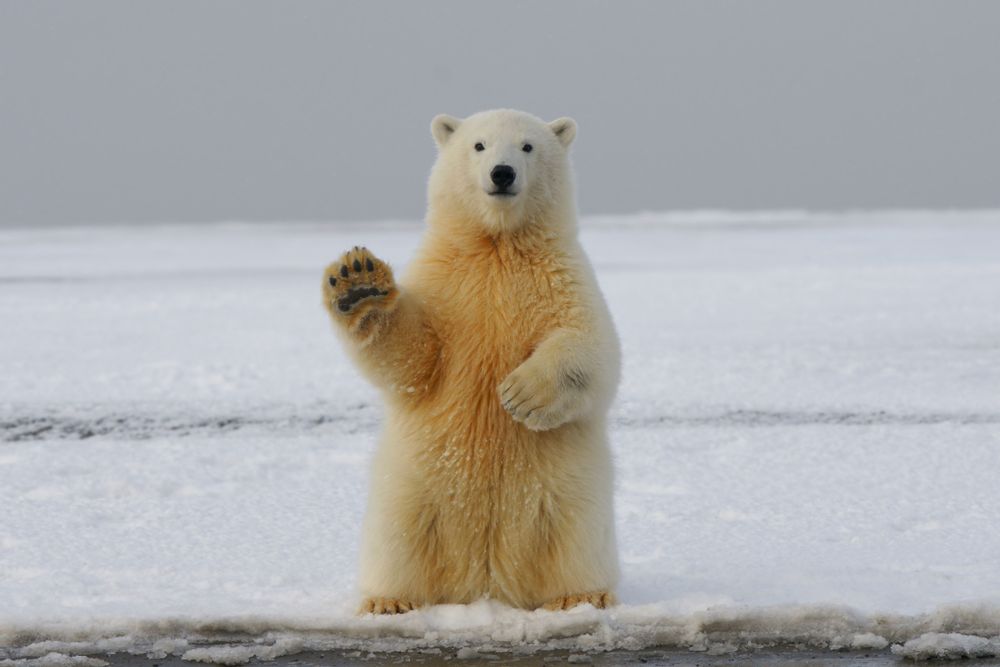Back to activities
Pre-reader
Preschool, Kindergarten, Grade 1
J
Author:
Joanna Król
The polar bear is coming
cognitive development
Robots:
x3+
Programming interface:
Photon Joystick

Back to activities

Required items:
- Tablets (to control the robots)
- Foam puzzles (30x30 cm) – approx. 10-12 pieces
- Project and a projector screen
- Laptop (with Internet access)
- Building blocks or small objects (used as penalty points)
Lesson scenario:
Introduction to the game:
- Make a brief introduction to animals living in the Arctic and Antarctica.
- Search the Internet for pictures of animals living on ice: penguins, seals, walruses, polar bears, etc. Show these animals to the children – use a projector. Read some interesting facts about these animals, e.g., what they eat, what they do, or that the penguin dad keeps the egg warm when the mommy penguin goes hunting.
Activity:
- Divide children into as many groups (teams) as you have robots – the more robots you have, the better. Ideally, children would work in pairs or groups of three.
- Spread the foam puzzles over the whole carpet/floor: make sets of 2–3 joined together to create several separate "islands." There should be one less puzzle "island" than there are teams.
- Explain the game rules:
- Each puzzle island represents an ice floe. There is ice-cold water around each island, but the Photon Robots like to swim there. But there is one dangerous animal that does not like our robots in the game – it is a polar bear. When they see it, they have to run away from it.
- Select one child from each team. They will control the Photon Robots and move around ("swim") among the puzzle islands. When you say "the polar bear is coming," all the robots must run away and seek shelter on the ice floes (puzzle islands). Only one robot can stay safe on each ice floe.
- The team that has not managed to find an empty island receives a ballast that adds weight to their robot (a toy building block). The more blocks the team gets, the heavier the robot becomes. Floes do not hold heavy robots well, so they break down over a certain weight, making them plunge into the water.
- One round has at least as many repeats as there are children in teams (each child should have a chance to control the robot).
- Count teams' collected blocks at the end of each round – the team with the most blocks (the heaviest robot) plunges into the water and ends the game. The team can now cheer for the others. [The saying "you are out of the game" does not have positive connotations; hence it might be a good practice to call this moment "an opportunity to cheer for the others."]
The game ends when there is only one team left – the one which has the fittest robot :)
Have fun!
ATTENTION!
You can play this game all year round, not only during the winter period. You can easily adapt the game concept to play the "The floor is lava" game where you ask children to flee with their robots onto the puzzle rock islands.
Added: 15-12-2020, by: Joanna Król, Last update: 12-11-2024
Discussion (No comments)
Log in to start a discussion